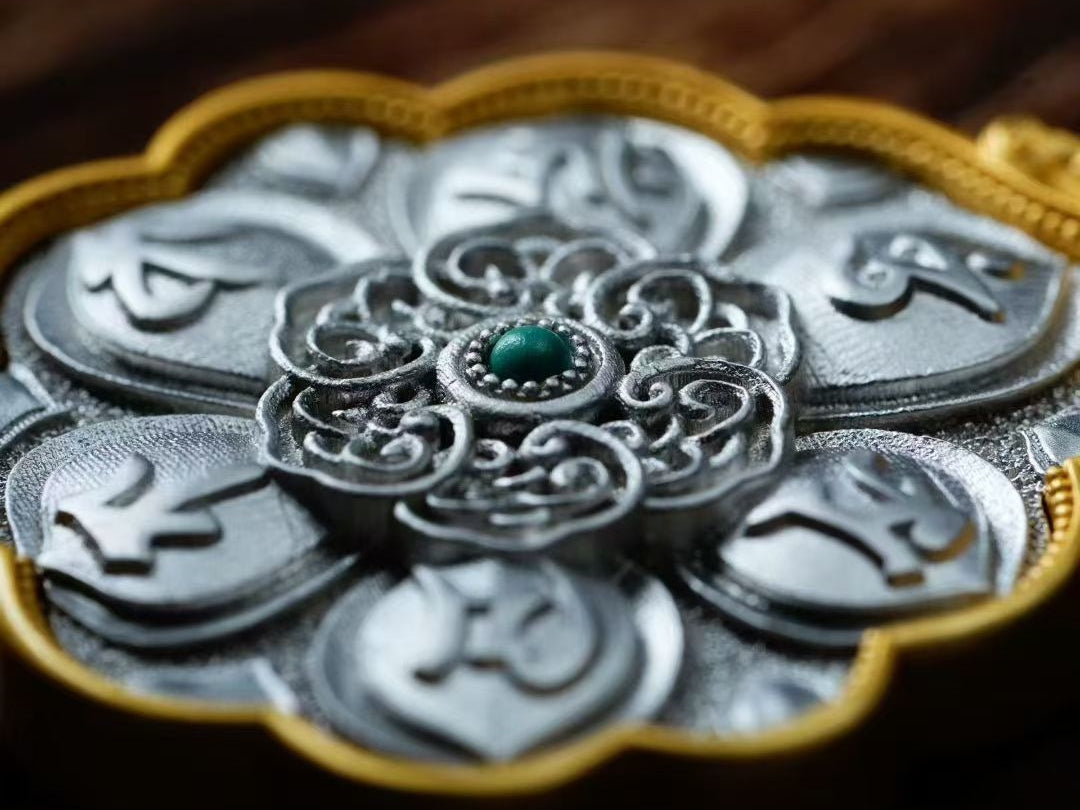Gift-giving is more than a seasonal gesture—it’s a way of sharing values, stories, and culture. When you offer a handcrafted Tibetan pendant or a miniature Thangka painting, you’re not just giving jewelry or art; you’re offering a piece of centuries-old wisdom. To make your gift truly meaningful, take a few extra steps to help the recipient understand the symbolism behind it. A thoughtful explanation turns a beautiful object into a source of inspiration and respect.
Why Context Matters
Tibetan spiritual art carries layers of meaning—each symbol, color, and figure tells part of a larger story. Without that context, the deeper purpose can be lost. Explaining the significance of a Tibetan gift not only honors the artisans who created it but also helps your loved one connect with it on a personal level.
For example:
-
A Shakyamuni Buddha pendant represents enlightenment through compassion and awareness.
-
The Vajra, often seen in jewelry or Thangka imagery, symbolizes unshakable clarity.
-
A Lotus motif speaks to purity rising through challenge.
By including a note or card explaining these meanings, you allow the person receiving your gift to understand—and perhaps even practice—the values it embodies.
Adding a Gift Symbolism Card
Many people are familiar with product tags, but few expect a “symbolism card” tucked into their jewelry box or package. These small additions can make a big difference.
Here are a few easy ideas:
-
Create a story insert: Write or print a short paragraph about the symbol’s history and what it represents. Use natural language—think of it as telling a story, not giving a lecture.
-
Include a pronunciation guide: If your pendant includes a mantra, add a simple line showing how it’s pronounced, along with its meaning.
-
Mention origins: Briefly note where the piece was handcrafted, such as “Created by Tibetan artisans in the Himalayan region using traditional methods.”
These cards don’t need to be fancy—just sincere. You can even write them by hand for a personal touch.
How to Introduce the Gift
When giving a sacred or symbolic object, presentation matters. You might say:
“This pendant is handmade in Tibet, and it represents clarity and protection. I thought you’d appreciate its meaning as much as its beauty.”
That short sentence does two things—it offers cultural respect and gives the recipient something to remember every time they wear it.
If your gift includes a Thangka pendant or painted charm, you could also include a small printed note that reads:
“Depicts Green Tara, the goddess of compassion and swift action—painted by hand using traditional mineral pigments.”
Simple words, but deeply grounding.
Bridging Beauty and Understanding
By adding a small explanation card or story, you transform a gift from decorative to meaningful. You also become part of the chain of respect that keeps these traditions alive—passing along not just art, but awareness.
When you give thoughtfully, your gesture becomes an offering: of beauty, of understanding, and of care that lasts long after the wrapping paper is gone.







